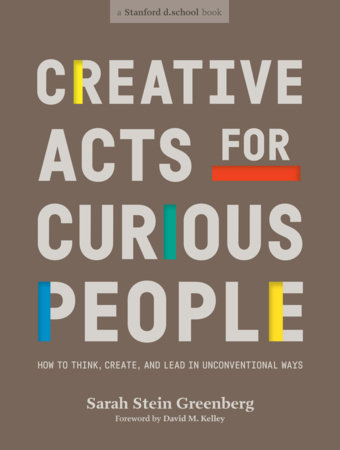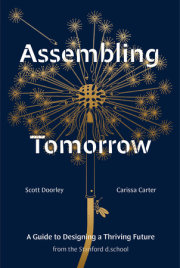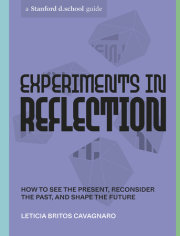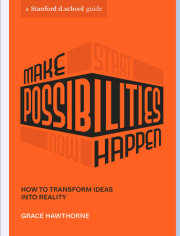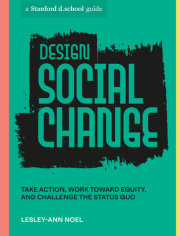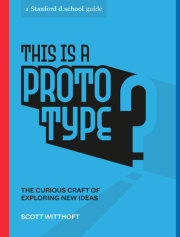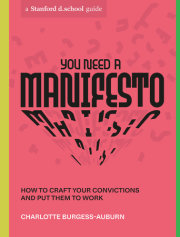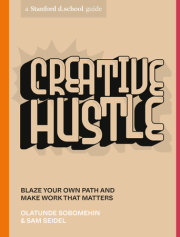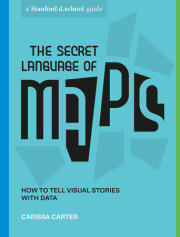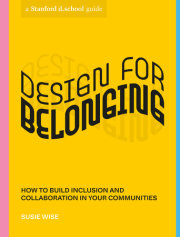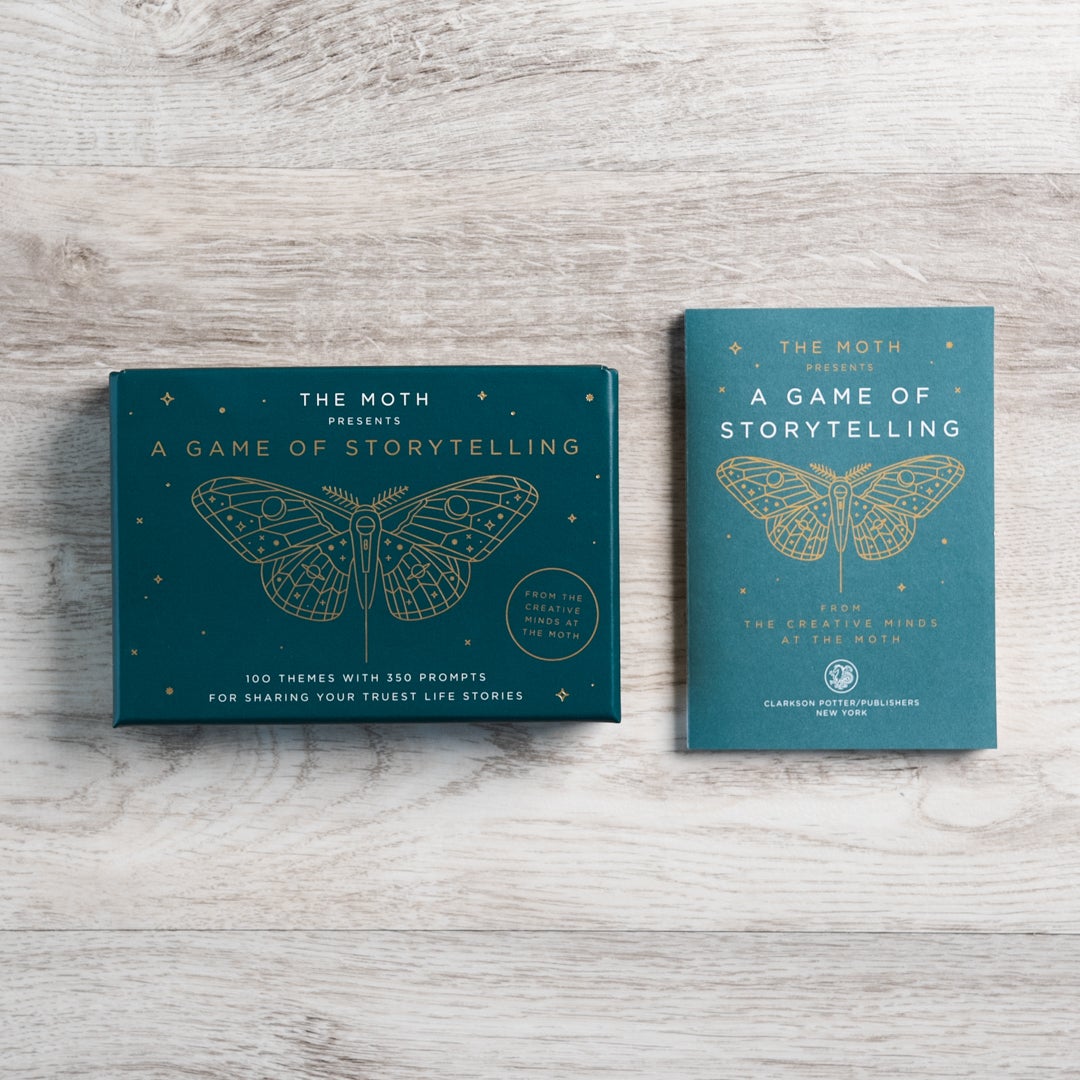Getting StartedThink about the last time you tried to change, fix, design, or solve a problem in your life and you really didn’t know what the outcome would be. Maybe it was a challenge you took on following a promotion at work, the search for an apartment in a new city, or an effort to organize your neighbors to deal with a block-wide problem. You might have felt a mix of things—excitement, commitment, and nervousness—all at the same time. You might have been secure in your skills and prepared a creative approach, yet still felt like a beginner. This is really common: when faced with an open-ended challenge that doesn’t have one fixed, right solu- tion, we can all feel like beginners. And it’s true—we are inexpert in that particular problem. However, if we have practiced how to tackle an open-ended situation and learned how to handle all of the complicated feelings that arise while doing so, we can improvise our way through any challenge.
This is a story about a group of beginners facing a large, messy, creative challenge and bringing all they had to it. It’s a story about a big opportunity hiding in plain sight and about finding a signal within a noisy, complex system by listening to the clarion call of human suffering and fear.
It’s about resilience, inventiveness, improvisation, humility, and many leaps of faith.
It’s also a story about Edith Elliot, Katy Ashe, Shahed Alam, and Jessie Liu, four graduate students pursuing degrees in international policy, civil and environmental engineering, and medicine. Their lives took an unexpected turn when they met during a d.school class called
Design for Extreme Affordability. As part of the class, they began to work with the Narayana Health Hospital chain of cardiac care centers founded by a charismatic surgeon, Dr. Devi Prasad Shetty, based in Bangalore, India. The team was asked to travel to India, find opportunities, and design solutions to improve the patient flow in order to help the hospital get closer to its mission to deliver high-quality, low-cost care on a wide scale.
When they started, the team had a lot of support and a willing partner, and they had already experienced a few of the assignments included in this book, specifically The Monsoon Challenge (page 89); I Like, I Wish (page 212); and Stanford Service Corps (page 264). But their biggest advantage was that they went into the situation without being fixed on the exact problem they would tackle. What the students thought might be the need and what they actually found turned out to be two very different things. No matter your skill level or the scope of the challenges you take on, approaching the unknown with the spirit and tools of inquiry will help you uncover bigger and better opportunities than you could imagine beforehand.
That’s just how design works. It can take you on a journey to learn not just how to solve a problem, but also how to identify what problem might be so worth solving that you reorganize your life around the endeavor.
That’s where we hope this story ends, anyway, but that’s not where it begins. Like so many great tales, this story starts with a miscommunication.
Copyright © 2021 by Sarah Stein Greenberg and Stanford d.school; Foreword by David M. Kelley. All rights reserved. No part of this excerpt may be reproduced or reprinted without permission in writing from the publisher.




